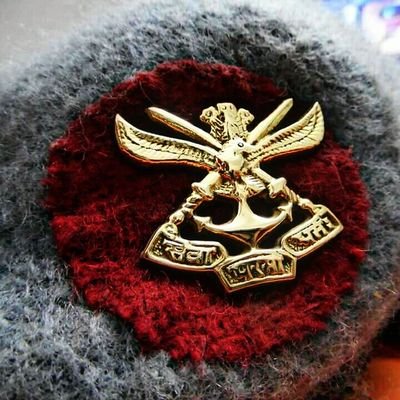

Russia and India are in discussions for India to buy the ultra-modern T-14 Armata main battle tank in the near future. Despite attempted modifications, Indian defence procurers still favour Russian equipment, which is both familiar and reliable. The army was forced by the government to buy 124 of these tanks to keep the state manufacturer happy. Three decades in the making, cost overruns and massive bureaucratic delays produced a tank that is too heavy, unwieldy and prone to mechanical failure. The attempt to build an indigenous tank – the Arjun – ended in disaster. Most of the tanks in India’s inventory are Russian-built with over 1,000 of the modern T-90s in operation. The army is the senior service in India’s military and has, traditionally, been armour-heavy with over 3,500 main battle tanks in its arsenal. However, it is not the only service going through strategic convulsions. Highly advanced and capable, they have been fitted with “cold start” engines to make it easier for them to be scrambled from freezing, high-altitude, forward bases, all positioned near the sources of any potential conflict in the north of the country.ĭespite these stop-gap improvements, India’s air force remains seriously depleted. While some of the equipment is in stock and can be sent within the next few months, the building of dozens of advanced fighter jets will take several years. Twelve Sukhoi MKI-30 and 21 MiG-29 fighter jets have also been ordered – the former to be built under licence in India and the latter ordered from Russia with a whole range of other arms, especially ammunition. Thirty-six French multi-role Rafale fighters were already in the works, the first five of which were delivered in July last year. The Indian Air Force’s Rafale fighter jets fly past during the “Aero India 2021” air show at Yelahanka air base in Bengaluru, India on Febru The latest skirmish with China in 2020 forced the Indian government into a crash procurement programme to shore up its air force. The pilot was subsequently captured and paraded on Pakistani television, much to India’s embarrassment. This was brought into focus in the 2019 Kashmir stand-off when Pakistani F-16s shot down an Indian MiG-21 that had attempted to intercept them.

INDIAN DEFENCE NEWS FULL
At full strength, it operates with 42 squadrons, but it can currently only field 31.Īircraft such as the MiG-21, which entered service in 1964, should have been retired years ago, but are still flying and are easy targets for any contemporary aircraft. Air force in a sorry stateīureaucracy, major procurement issues, inter-service squabbling over a shrinking defence budget and successive governments repeatedly switching the strategic focus between Pakistan and China have left the military meandering in its focus.Īs the lion’s share of defence budgets has traditionally gone to the army, the Indian air force has suffered and is now seriously under-strength. India has significant advantages and disadvantages in any potential conflict over this vital region. It is no surprise, then, that this region has been the flashpoint for several conflicts and the epicentre of the latest clashes between India and China. An Indian Army convoy moves along a highway leading to Ladakh, at Gagangeer in Kashmir’s Ganderbal district on J Ladakh also borders Indian-administered Kashmir, with both Jammu and Kashmir and Ladakh having become formal parts of India in 2019. India, China and Pakistan all have vested economic and strategic interests in this important region. Despite the arid and rugged terrain, it has been part of the Silk Route for centuries and has been fought over at various times by the Persians, Tibetans and Russians, all to control the mountain passes vital for access and trade. Pakistan forms its western border and China is to its east.

The Ladakh region is sandwiched between the Karakoram mountain range in the north and the Zanskar range to the south. With a weak air force that is under-strength, an army still bogged down with strategic ideas formed in the last century and a navy that looks good on paper but is being comprehensively outclassed by China’s navy, India is finally coming to terms with its own inadequacies.Īfter last year’s stand-off between the two countries in Ladakh, India has launched a crash programme designed to address these failings and to play to the several strengths its military does possess. Traditionally fixated on its chief rival, Pakistan, India is now concerned about the striking and rapid modernisation of China’s armed forces. India’s strategic position has changed dramatically over the past decade.


 0 kommentar(er)
0 kommentar(er)
